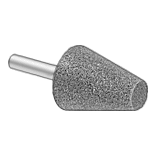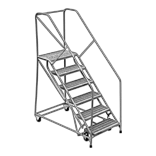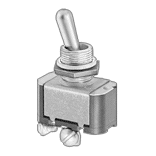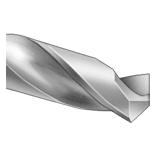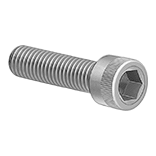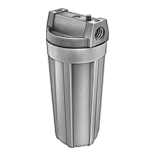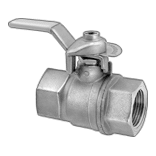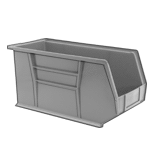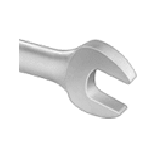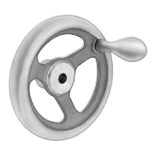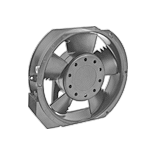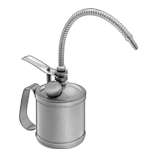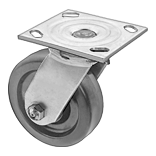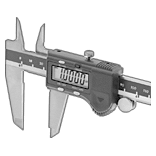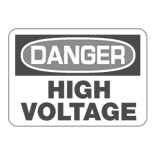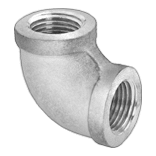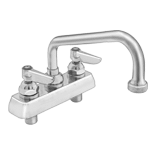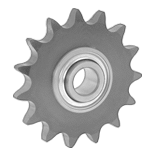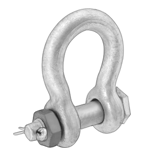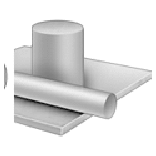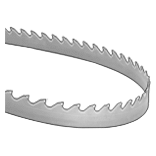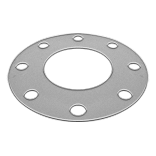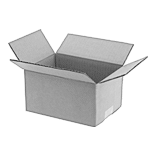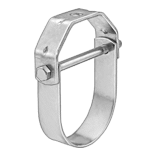Impact-Resistant 3D Printer Resins

Bumps, scrapes, and falls won’t damage parts made from these tough resins because they absorb impact without cracking or breaking. They’re good for creating tool handles, storage cases, and other parts that are handled and dropped often. Print them on a digital light processing (DLP), stereolithography (SLA), or LCD 3D printer.
Tensile strength is the best measure of a resin’s overall strength. Similar to the stress applied on a rope during a game of tug-of-war, it’s the amount of pulling force a material can handle before breaking. A higher rating means a stronger resin.
Elongation is the amount of stretching that a material can withstand before breaking. Resins with a low elongation can break suddenly under load, while resins with a high elongation will deform before breaking. The higher the percentage, the more your part will deform before breaking.
Maximum exposure temperature is the point at which a printed part will begin to deform. Above this temperature, your part will start to lose structural integrity.
| Impact Strength | Tensile Strength | Color | Flexural Modulus | Hardness | Elongation | Modulus of Elasticity | Max. Exposure Temp. | Weight, g | Each | |
| 1.26 ft.-lbs./in. (Excellent) | 5,360 psi (Good) | Gray | 150,000 psi (Flexible) | Durometer 63D (Medium) | 91% | 0.214 ksi × 103 | 50° C 122° F | 1,000 | 0000000 | 0000000 |
3D Printer Resins

Because these resins balance strength and impact resistance, they're good for printing parts for general purpose applications. Print them on a digital light processing (DLP), stereolithography (SLA), or LCD 3D printer.
Tensile strength is the best measure of a resin’s overall strength. Similar to the stress applied on a rope during a game of tug-of-war, it’s the amount of pulling force a material can handle before breaking. A higher rating means a stronger resin.
Elongation is the amount of stretching that a material can withstand before breaking. Resins with a low elongation can break suddenly under load, while resins with a high elongation will deform before breaking. The higher the percentage, the more your part will deform before breaking.
Maximum exposure temperature is the point at which a printed part will begin to deform. Above this temperature, your part will start to lose structural integrity.
| Tensile Strength | Color | Flexural Modulus | Impact Strength | Hardness | Flexural Strength, psi | Elongation | Modulus of Elasticity | Max. Exposure Temp. | Weight, g | Each | |
| 5,510 psi (Good) | Gray | 210,000 psi (Semi-Rigid) | 0.48 ft.-lbs./in. (Good) | Durometer 77D (Medium) | 9,400 | 22% | 0.253 ksi × 103 | 50° C 122° F | 1,000 | 0000000 | 0000000 |
Flame-Retardant 3D Printer Resins

Create holders, guards, housings, and other parts to protect flammable components. These resins are self-extinguishing and meet UL 94 V-0 for flame resistance. If they do begin to smoke, they won't release toxins into the air because they're halogen free. They also meet ASTM E595, a standard used by NASA, which means they give off almost no volatile emissions that could damage electronics, even in a vacuum.
Print them on a digital light processing (DLP), stereolithography (SLA), or LCD 3D printer. They come in a cartridge compatible with Formlabs printers—just pop them in. To use them with other printers, they have a removable cap to pour out the contents of the cartridge.
Maximum exposure temperature is the point at which a printed part will begin to deform. Above this temperature, your part will start to lose structural integrity.
| Tensile Strength | Color | Flexural Modulus | Impact Strength | Hardness | Max. Exposure Temp. | Weight, g | Each | |
Formlabs | ||||||||
|---|---|---|---|---|---|---|---|---|
| 5,590 psi (Good) | Gray | 390,000 psi (Rigid) | 0.41 ft.-lbs./in. (Poor) | Durometer 80D (Medium) | 90° C 201° F | 1,000 | 0000000 | 0000000 |
